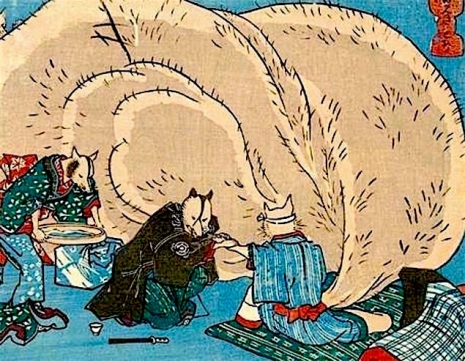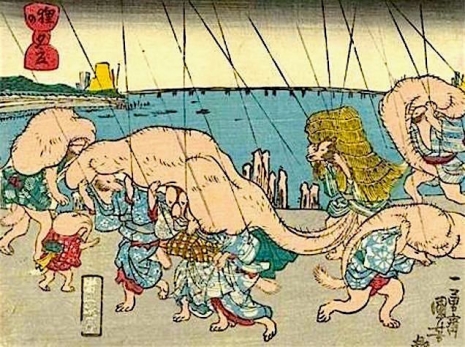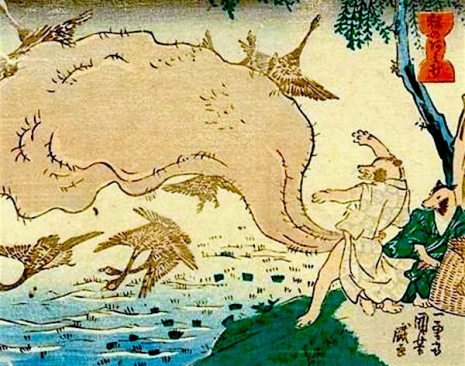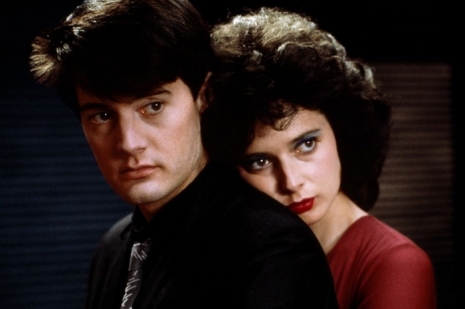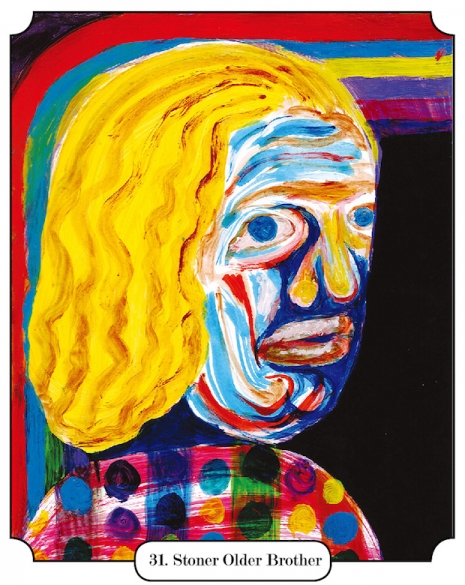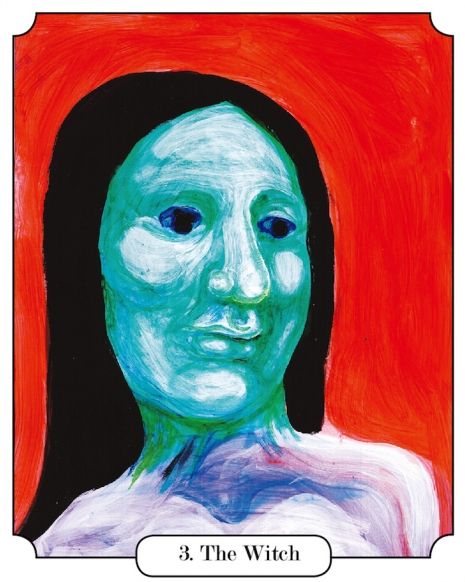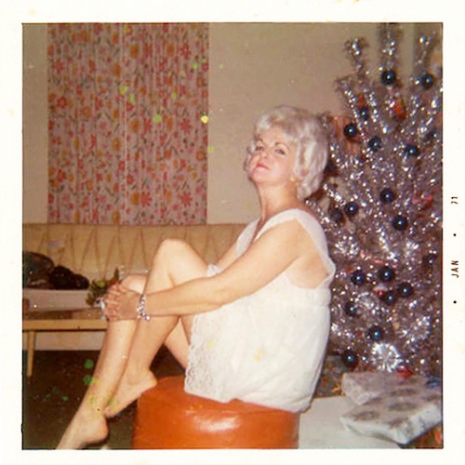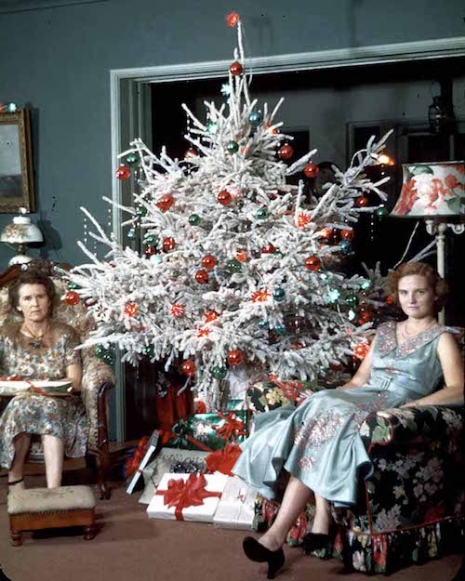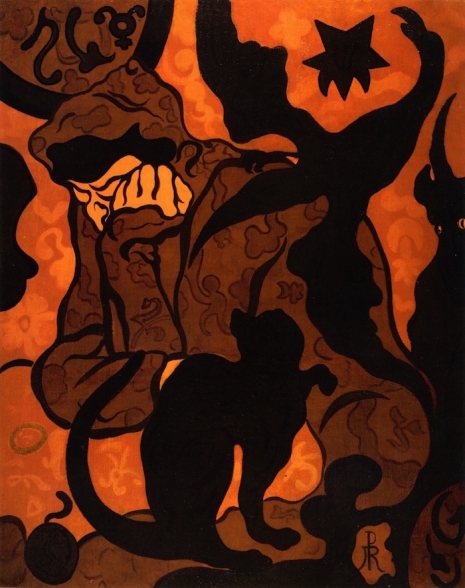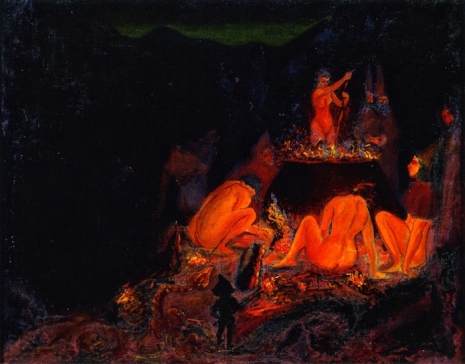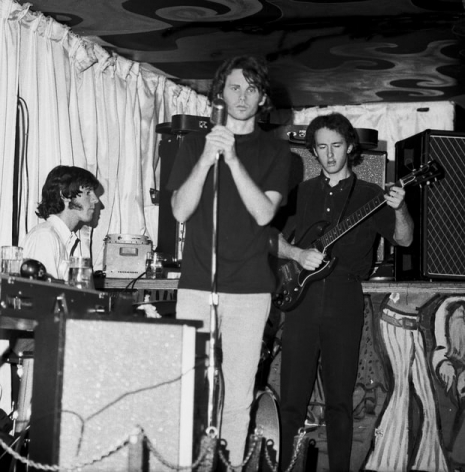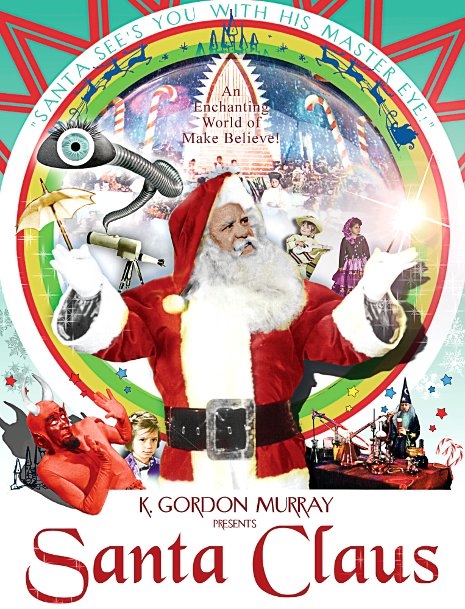
40 psyche-pop tunes serve as the soundtrack for the extremely wacky Santa Claus (aka Santa Claus vs. The Devil) in a special Holiday mix from me to you.
The trailer narration of Santa Claus gives you a rough idea of the bizarreness that awaits the viewer:
Whether you’re in a cave, or behind a million mountains, Santa Claus sees you through his Master Eye, and invites you to his Magic Wonderland! See Santa Claus in his magic motion picture! Come past the doors of his towering castle, into a fantastic crystal laboratory, filled with weird and wonderful secrets; into his heavenly workshop, the most marvelous toy factory of all! Watch his battle with the mischievous demon who wants to get children into trouble! You’d better watch out!

There are so many disturbing elements to Rene Cardona’s film that it’s difficult to select just one. Advertised as “an enchanting world of make-believe”, it’s a surreal battle between Father Crimbo and Satan, who sends his minion, Pitch, to interfere in the spreading of comfort and joy. Prime nuggets? Pitch whispering to the young ‘uns that Santa’s actually a murderer (classy!) and Santa’s cloud-borne castle that looks less like a cheery base for making toys and more like something from a Bond villain’s architectural wet dream.
Enjoy the music. I don’t think you’ll miss the dialog. Happy Holidays.
01. “Is Anybody Home” - The Mirage
02. “Henry Adams” - The Frederic
03. “Princess Of The Gingerland” - Glitterhouse
04. “Travelling Circus” - The Epics
05. ‘Punch And Judy Man” - Pop Workshop
06. “Red, White And You” - Sounds Around
07. “The View” - Gary Walker and The Rain
08. “Tomorrow Today” - Kippington Lodge
09. “You’ll Find Me Anywhere” - Hi-Revving Tongues
10. Mix within the mix featuring The Groop, The Kinks,
The Tages, The Exceptions, The Cyrkle, Frank Zappa,
The Zombies, Mark Eric, The Sidewalk Skipper Band,
The Beach Boys, Stained Glass, The Shaggy Boys,
Free Design, Eternity’s Children, Summer Snow,
The Counts, Johnny Cobb and The Attractions,
The Family Tree (courtesy of FCR)
11. “What Are You Gonna Do” - The Summer Set
12. “Stop” - The Pan Pipers
13. “My Race Is Run” - The Motleys
14. “Buses” - The Hung Jury
15. “Alfred Appleby” - The Carnival Connection
16. “You Gotta Be With Me” - The Onyx
17. “Midnite Thoughts” - The World Column
18. “In The Land Of Make Believe” Jennifer’s Friend
19. “Walk In The Sky” The Crackerjack Society
20. “Your Way To Tell Me Go” - Plastic Penny
21. “Green Circles (Italian version)” - The Small Faces






